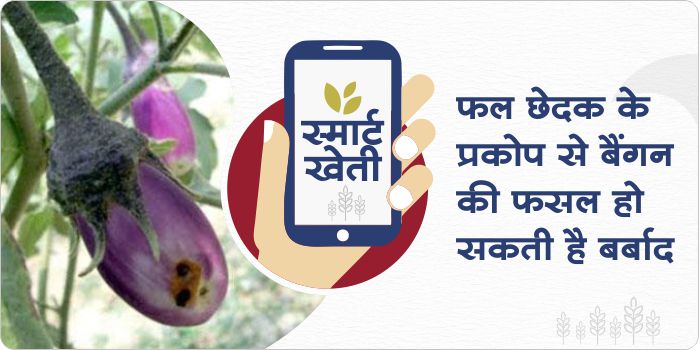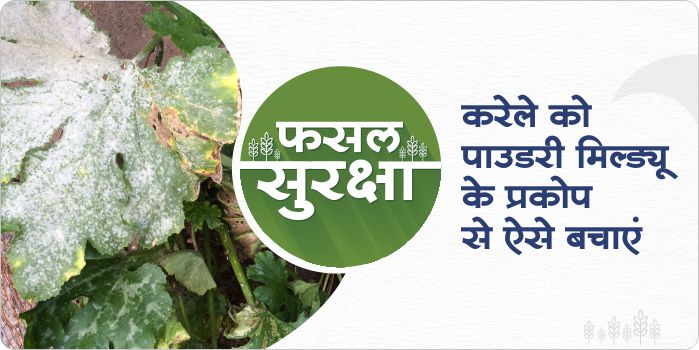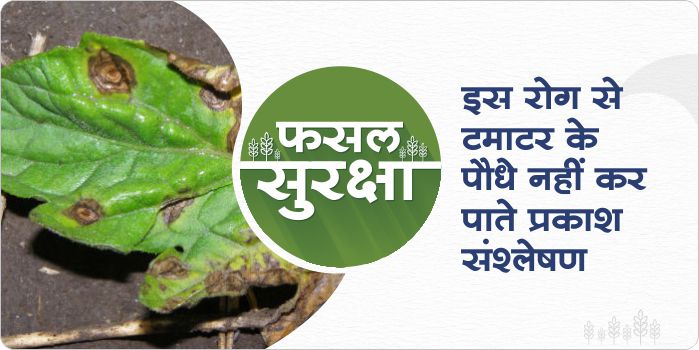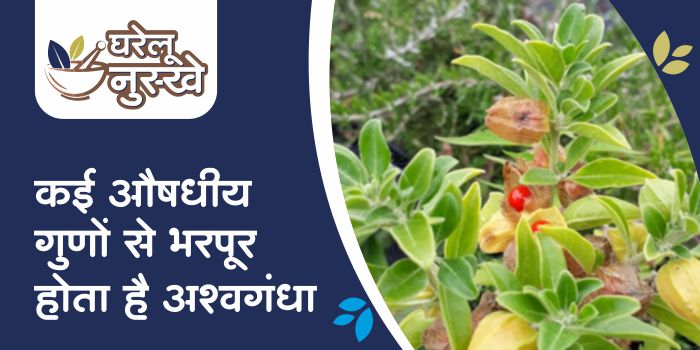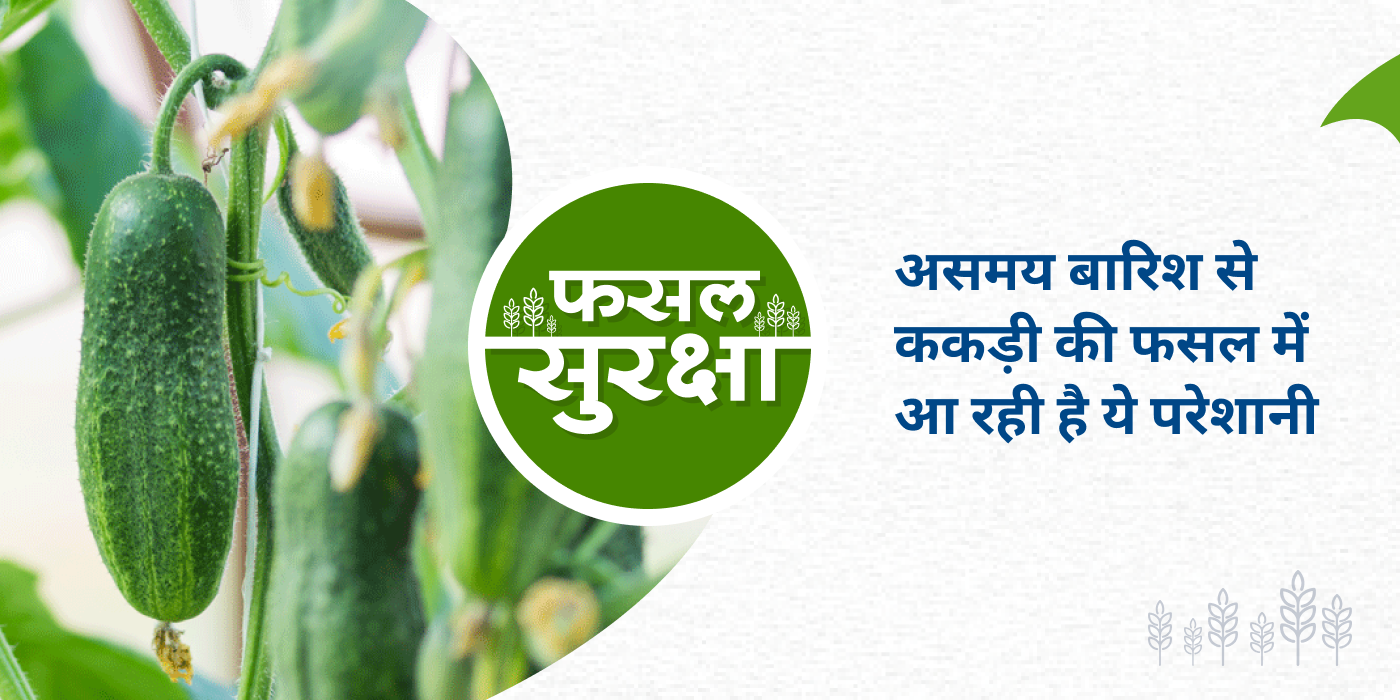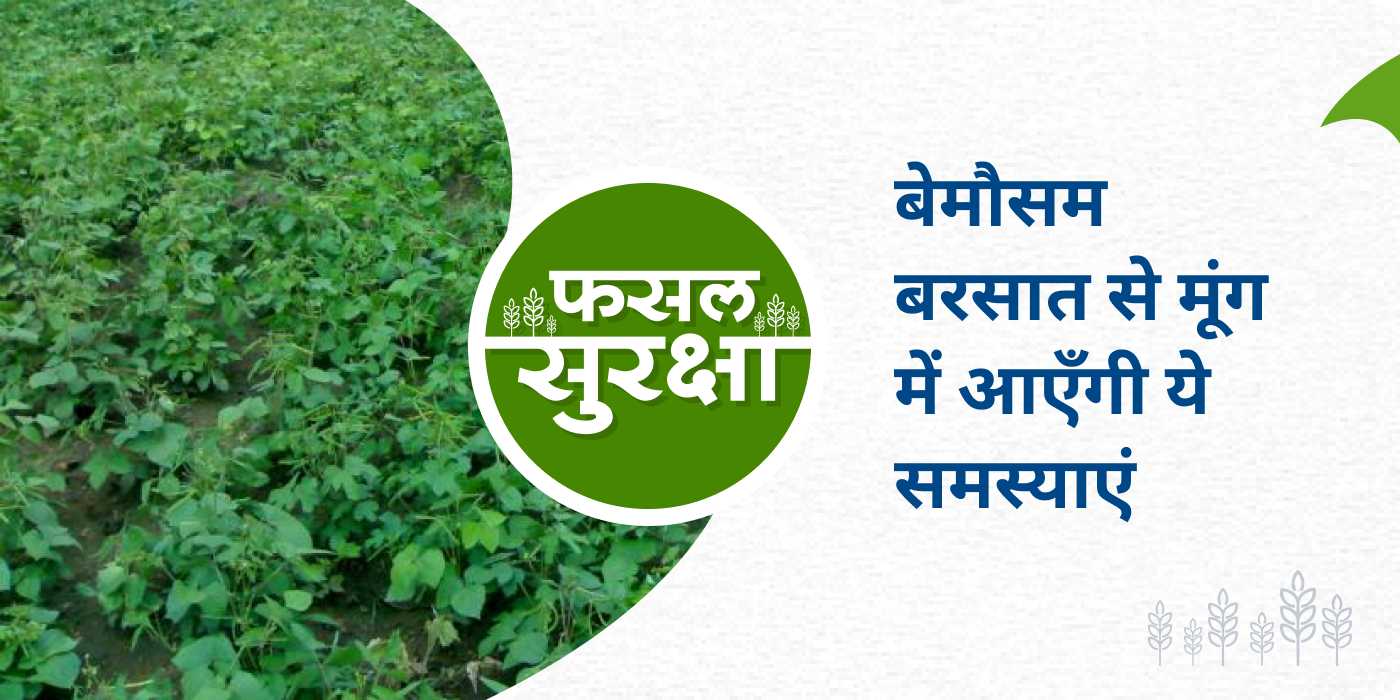- In order to maintain the fertility of soil, different crops are sown on a certain area, in a certain sequence, at a given time, this cycle is known as crop rotation.
- Its purpose is to make good use of available nutrients and elements and to balance the physical, chemical and biological conditions of the land.
- crop rotation is a very important factor for a good quality production of any crop.
- The type of crop rotation depends upon the season it is being sown. The types of crop rotation are as follows: Kharif season crop rotation, Rabi season crop rotation, Zayad season crop rotation.
Damage from root knot nematode in tomato
- Root knot nematodes are small ‘eelworms’ that live in soil
- Nematodes often enter through tomato roots. as their number increases, small roots get damaged , and irregular shaped tumors are formed.
- This pest attacks more in the nursery stage of tomato crops.
- This causes the tomato crop to completely dry.
- Use carbofuran 3% GR @ 8-10 kg / acre or cartap hydrochloride 50% SP as soil treatment
- As a biological treatment, use Pacillomyces lenesius @ 1 kg/acre.
How to protect brinjal crop from fruit borer
- Creamy-white eggs are laid singly or in groups on the undersides of the leaves, stems flower buds, or the base of the fruit.
- The young caterpillar is 15-18mm long, dull-white, and turns light pink as it matures.
- The short pinkish larva of the pest initially bore into the shoots resulting in drying of the shoot.
- When feeding is complete pupation occurs on stems, dried shoots, or between fallen leaves.
- When the life cycle of the larval stage is complete, it forms a pupa on the stem, dry branches, or fallen leaves.
- To control this, spray of Emamectin Benzoate 5% SG @ 100 gram/acre or Chlorantraniliprole 18.5% SC @ 60 gram/acre or Spinosad 45% SC @ 60 ml/acre
- As a biological control, use Beauveria Bassiana @ 250 gram/acre
How to control powdery mildew in bitter gourd crops
- Usually this disease occurs on bitter gourd leaves, which affects the leaf’s lower and upper part.
- This disease can be identified by the formation of yellow to white colored powder on the upper and lower surface of bitter gourd leaves.
- To managing this use, Azoxystrobin 11%+Tebuconazole 18.3% SC @ 300 ml /acre or Azoxystrobin @ 300 ml/acre
- Spray Trichoderma viride @ 500 gram/acre+Pseudomonas fluorescens @ 250 gram/acre as a biological treatment
Identification and prevention of bacterial spot in tomato
- This disease is caused by bacteria
- The symptoms of this disease are found in all parts of the plant and its effect on the leaves is quite visible.
- Initially, the symptoms of the disease are seen in the form of small brown colored, boat shaped spots. Which grows in size, scorches entire leaves causing the tissue to die and the leaves losing its green color.
- This severely affects Photosynthesis, due to which the seeds of the affected plant have low germination capacity.
- Spray Tebuconazole 10% + Sulfur 65% WG @ 500 gram/acre or Kasugamycin 5% + Copper Oxychloride 45% WP @ 300 gram/acre or Kasugamycin 3% SL @ 400 ml/acre.
- Biological treatment: – Spray Pseudomonas fluorescens @ 250 gram/acre as a biological treatment.
Alternatoria leaf blight disease will damage crops, learn management measures
- Alternaria leaf spot disease appears in any crop only after sowing.
- Due to this disease, brown colored round spots appear on the leaves. These spots grow slowly and finally the affected leaves dry up and fall.
- For prevention of this disease, spray Carbdenzium 12% + Mancozeb 63% WP @ 300 g / acre or Ketazine @ 300 g / acre.
- Spraying of Trichoderma viridi @ 500 g / acre as a biological treatment.
Temperature will rise in Madhya Pradesh with Hot waves, know weather forecast
There is a possibility of a heat wave in many areas of central India. Due to this, the temperature is expected to increase in most areas of Madhya Pradesh. There is a possibility of a heat wave in the next one or two days in the areas of Vidarbha and Marathwada along with Madhya Pradesh.
Video Source: Skymet Weather
ShareAshwagandha gives many health benefits
- Ashwagandha is a miraculous medicinal herb. Apart from protecting the body from diseases, it also keeps the mind healthy.
- Consuming ashwagandha reduces the risk of heart related diseases.
- The antioxidant and anti-inflammatory properties found in it are helpful in lowering cholesterol.
- Consuming it strengthens heart muscles and reduces bad cholesterol levels .
After the rain these problems will increase in cucumber crop
- Cucumber crop is cucurbits crop , if there is a sudden change in the weather, the crop of cucurbits family suffers a lot of damage.
- Alternaria blight , powdery mildew, downy mildew can attack due to weather changes.
- Be sure to use the following products to control them.
- Alternaria leaf spot: – For the prevention of this disease, spraynCarbedenium 12% + Mancozeb 63% WP @ 300gram/acre or Ketazine @ 300gram/acre
- Powdery mildew: – Azestrobin 11% + Tebuconazole 18.3% SC @ 300 ml/acre or azoxystrobin @ 300 ml/acre for its management.
- Downy mildew: – Spray of Tebuconazole 50% + Trifloxystrobin 25% WG @ 150gram/acre or Metalaxyl 4% + Mancozeb 64% WP @ 600gram/acre or Chlorothalonil 75% WP @ 400gram/acre
- Spray Trichoderma viride @ 500 gram/acre + Pseudomonas fluorescens @ 250 gram/acre as a biological treatment
- Follow the crop cycle and keep clean in the field.
Changes in the weather can cause a bad effect on the moong crop
- In some places of Madhya Pradesh, the excessive amount of moisture in the soil due to rain, the attack of fungal diseases can be very high.
- In green gram crop , germination stage is more likely to cause dumping off, Cercospora leaf spot disease.
- To control this, it is very important to use the necessary products on time.
- Cercospora leaf spot disease: – Thiophanate methyl 70% W/W @ 500 gram/acre or Chlorothalonil 75% WP @ 400 gram/acre
- Dumping off: – Carbendazim 12% + Mancozeb 63% @ 30 gram / pump or Thiophanate methyl 70% W /W @ 50 gram / pump or Mancozeb 64% + Metalaxyl 8% WP @ 60 gram/pump
- Use pseudomonas fluorescens @ 250 gram/acre as a biological treatment.



